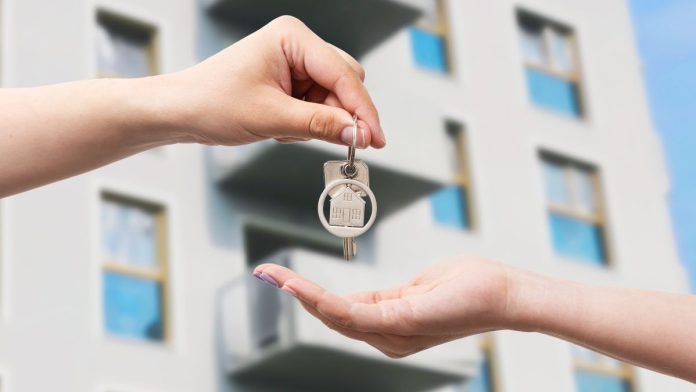Renting an apartment offers flexibility, but what happens when you need to temporarily leave your leased space? Enter subletting, a practice that allows you to rent out your apartment to someone else while you’re away. Subletting can be a convenient solution, but it’s essential to understand the rules and best practices to ensure a smooth and legal process. In this guide, we’ll dive into the ins and outs of subletting.
What Is Subletting?
Subletting, also known as subleasing, is the act of renting out a portion or the entirety of your rented apartment to another person, often referred to as the subtenant or sublessee. While you, as the original tenant, maintain your lease agreement with the landlord, you take on the role of a “landlord” for the subtenant.
Why Sublet?
People sublet their apartments for various reasons:
- Temporary Relocation: If you need to move away temporarily for work, study, or personal reasons, subletting allows you to keep your apartment while covering the rent.
- Financial Relief: Subletting can help you offset the cost of rent during periods when you might have financial constraints.
- Avoid Lease Breaking: Subletting enables you to fulfill the lease agreement without breaking it, which could result in penalties or legal issues.
The Rules and Regulations
1. Review Your Lease Agreement
Before considering subletting, thoroughly review your lease agreement. Some leases explicitly prohibit subletting, while others may have specific terms and conditions regarding the subletting process. Complying with your lease is essential to avoid potential legal issues.
2. Seek Landlord Approval
Even if your lease allows subletting, it’s typically necessary to obtain written approval from your landlord or property management company. Failure to do so could result in eviction or other legal consequences.
3. Find a Suitable Subtenant
Selecting a responsible subtenant is crucial. You’re still responsible for your apartment, so it’s essential to choose someone you trust. Consider conducting background checks and obtaining references to ensure a reliable sublessee.
4. Create a Sublease Agreement
Once you’ve found a suitable subtenant, draft a sublease agreement. This agreement should outline the terms and conditions of the sublet, including rent amount, duration, and any specific rules or requirements. Consult with legal counsel or use a reputable template for this purpose.
5. Continue Paying Rent
Keep in mind that, as the original tenant, you remain responsible for paying rent to your landlord. Subletting doesn’t absolve you of this obligation. You’ll need to collect rent from your subtenant and ensure timely payment to your landlord.
6. Maintain Communication
Maintain open and transparent communication with both your landlord and subtenant throughout the subletting period. This helps prevent misunderstandings and ensures everyone is aware of their responsibilities.
Best Practices for Subletting
1. Understand Local Laws
Subletting laws and regulations can vary by location, so it’s essential to understand the legal requirements in your area. Some cities may have rent control ordinances or specific rules related to subletting.
2. Document Everything
Keep meticulous records of all communications, agreements, and financial transactions related to the subletting arrangement. This documentation can be invaluable in case of disputes or legal issues.
3. Inspect the Apartment
Conduct a thorough inspection of your apartment before the subtenant moves in. Document the condition of the property, and consider taking photographs to establish a baseline for potential damage claims.
4. Collect a Security Deposit
It’s a common practice to collect a security deposit from your subtenant. This deposit can be used to cover any damages or unpaid rent. Be sure to adhere to local laws regarding the maximum amount you can collect and the process for returning the deposit.
5. Notify Utility Companies
If utilities are included in your lease, notify the utility companies of the subletting arrangement. This ensures that bills are sent to the appropriate parties and prevents any disruptions in service.
6. Provide Contact Information
Share your contact information with your subtenant and your landlord. This way, everyone can reach you in case of emergencies or issues that require your attention.
The Subletting Wrap-Up
Subletting can be a practical solution for renters who need to temporarily vacate their apartments. However, it’s essential to follow the rules and best practices to ensure a smooth and legally compliant process. Always consult your lease agreement, seek landlord approval, and create a comprehensive sublease agreement. By understanding the ins and outs of subletting and adhering to the necessary guidelines, you can make the process a successful and stress-free experience for all parties involved.
If you’re currently in the market for a new apartment, you can explore available options for apartments for rent. Whether you’re a tenant looking to sublet or a prospective renter seeking a new home, being informed about the rental process and its various aspects is essential for a positive renting experience.









